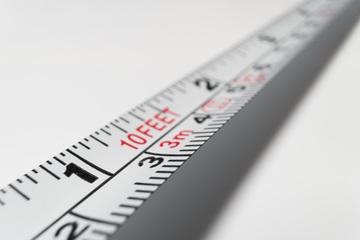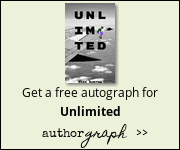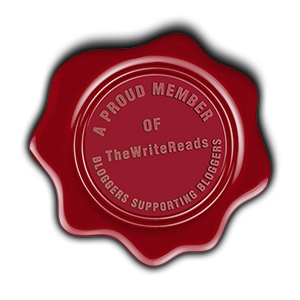
How long should a book be? Hundreds of thousands of guidelines have been posted on the internet. Publishers each have their own requirements based on genre and topic. Well-meaning people from all walks of life have chimed in with what they believe to be the magic range to keep a book at. It’s mind-numbing at times.
I guess the first question is: Who are you asking? I would guess that if you ask an author, you’ll either get pointed to one of the myriads of guidelines I was talking about up there or even a shrug. Personally, I write my stories to be as long as they need to be.
If you ask a reader, you might get an even amorphous answer. Readers get ‘into’ their stories. There are those that want to participate in a book’s world for as long as possible. There are some who can’t wait for an ending. You’ll also get a different answer based on how much time a reader has to enjoy the act of reading. Someone who powers through short stories during ‘executive time’ may not be interested in a 7-book long epic journey… whereas a person with nothing BUT time on their hands may absolutely despise jumping through different worlds and topics every day. It’s truly subjective.
Ask an editor or a publisher, though, and that’s where you’ll get hit with a solid answer direct from the hip with no thought involved. They may not end up being exactly the same, but it’ll be close. In the case of an editor, it’ll more than likely be because they’re so used to working within the publisher’s constraints, so I’ll redirect to the publishing side of the equation.
When you tell a publisher that you have a 200K word monstrosity, the very first thing that happens is that number gets put into an equation… which churns out a very real number to them that sits right next to the label: Profit. The same can be said for mentioning your micro poem collection that comes out to about 3K words. In the eyes of a publisher, everything comes down to numbers.
I remember talking to a friend in the publishing industry who could magically produce numbers from mid-air when talking about books. I mentioned that a draft I was working on was about 72K words. In less than a second, she told me that if I beefed it up to a little over 80K, it would be in the sweet spot of pages to price point. Being a reader and a new writer, I had no idea what she had just said, but it means that much in the industry.
Words are converted to pages. Pages are converted to inches. Inches are converted to shelf space and design issues. Shelf space is converted to production costs and R.O.I. values. Everything in a business model is taken into consideration and marked down in charts and tables to be referred to at a moment’s notice. A book is not just a book to a publisher. It’s leveraging an advance to proven returns. It’s weighing past profits to future. It’s juggling 82 different balls in the air while someone is stumbling around with a flamethrower.
Why do I bring all of this up? Because not all of us use traditional publishing for one. For another, I think the publishers are only looking at one part of the equation. I self-publish through Amazon. A super quick search and I find that if I list my book anywhere from $2.99 – $9.99, I can get a 70% royalty. There are more options for the 35% return, such as minimum and maximum prices according to the size of said book in MB, but those are essentially the only two choices offered. If I feel that my gargantuan 500K epic fantasy, spanning 5 worlds and 32 generations, can be sold for under $10… then I can do that. Present the same equation to a publisher, and chances are, you’ll get rapid blinking or an instant argument.
This is all in agreeing that we’re initially talking about an ebook, too. Once we get into physical books, it changes the argument somewhat. If I were to take that 500K ‘book’ and present it in physical form, I would then be limited to the cost-effectiveness of the Print-On-Demand part of KDP. Another quick search shows me that, depending on the paper and ink I choose, I can print off a book that is approximately just over 800 pages through KDP. More searching tells me that 360K words take up about 800 pages… and all of that tells me that I could easily break my beast into 2 books, and sell them in physical form to the masses.
So, in the end, an author who chooses to go the route of self-publishing has opportunities not afforded (or downright rejected) by using traditional publishing. Thus leading me to the original premise of this long-winded blog post. Why are we spreading information regarding book-length in words, for traditional publishing only? Why not have the information accessible on the same page for traditional and self-publishing at the same time?
The last point I’d like to make, and the one I mentioned earlier about the publishers not including in their calculations, is regarding the readers. Readers LOVE series. Readers love to read… LOTS of words. The Harry Potter series (the best-selling series of all time) is made up of over a million words. Even my kid has tackled that series. We begin reading from series’. Most kids’ books are just small stories within a series. Looking up ‘popular book series’ on google leads to the very first link listing off about 120 of them (and I don’t believe there’s a single kids’ series on the list).
Readers love to read. Writers love to write. We should connect the two. If we can’t keep the commercialism and gatekeeping out of that process, then maybe we should try to keep it to a minimum? Share the love, share the information.
Got any feelings about book lengths that I haven’t touched on here? Let me know in the comments.


Leave a Reply